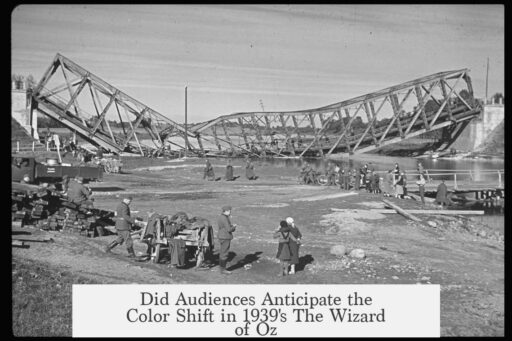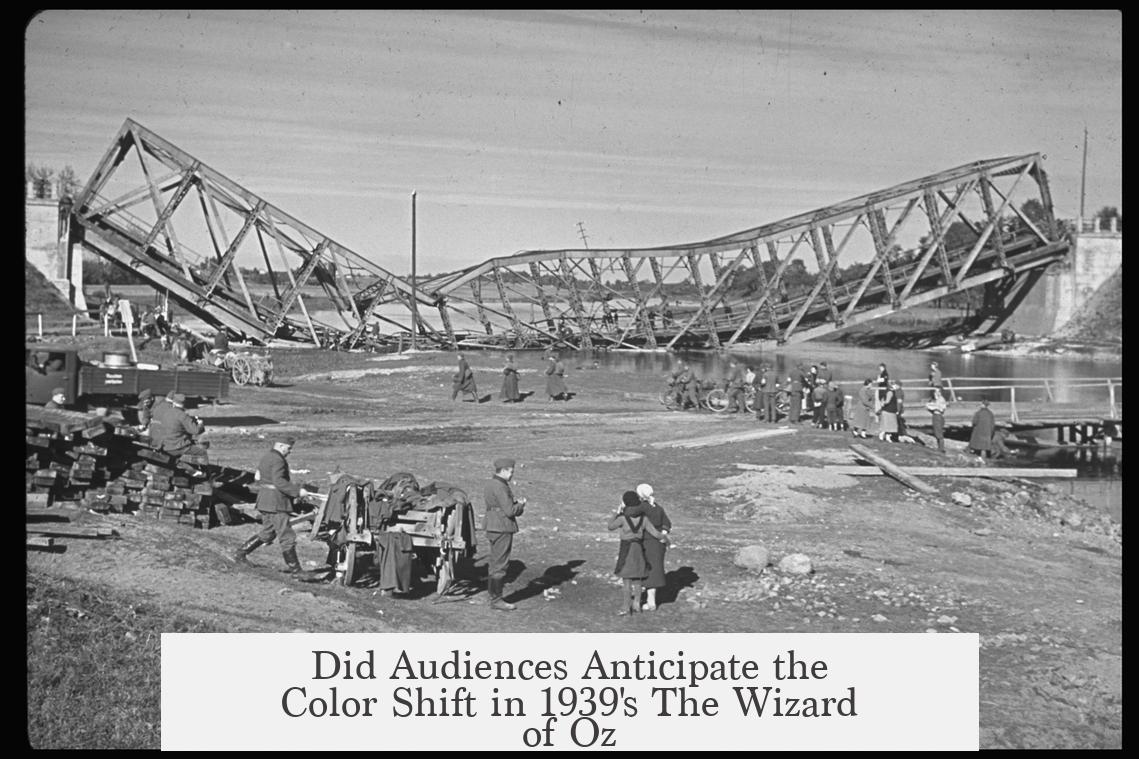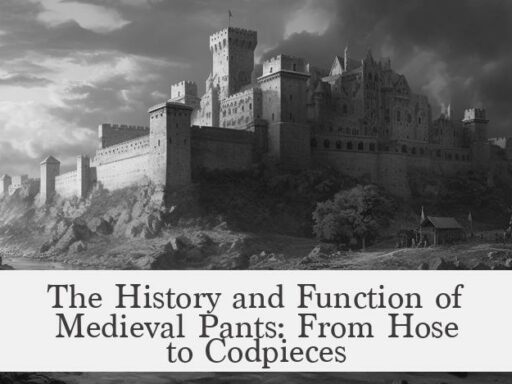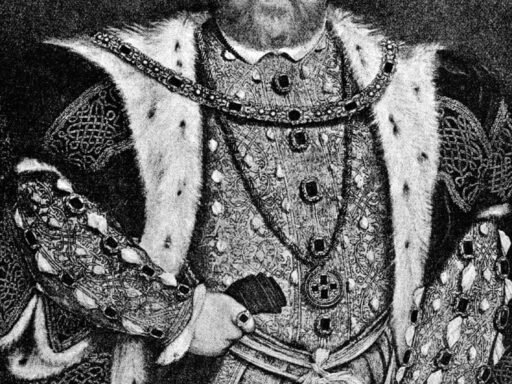Audiences of the 1939 film The Wizard of Oz generally expected the transition from black-and-white to color rather than being surprised by it. The film was prominently promoted as a Technicolor presentation, which informed viewers ahead of time that the movie featured color technology. Contemporary reviews further support that audiences recognized and anticipated the distinctive shift in visuals.
Promotional posters and advertisements widely highlighted Technicolor as a main attraction. These materials, distributed before and during the film’s release, underscored the novelty of seeing color on the screen, especially in a major motion picture. Audiences knew the film included vibrant color sequences rather than assuming the entire film was black-and-white.
Film critics of the era remarked on the color use specifically, indicating that the shift was a marked and deliberate part of the film’s design. For example, The New York Times described the film’s colorful world as “so well-intentioned, so genial and so gay” that it was an essential, expected aspect rather than hidden surprise. Variety noted that the main portion was in Technicolor, framed by sepia-toned prologues and epilogues, emphasizing a planned artistic contrast.
The transition scene itself was technically impressive for its time. It was shot in color but carefully controlled to appear sepia-toned at first. This effect was achieved by using sepia-colored props and a stand-in for Judy Garland made up in sepia tones. This technical method created a visually striking, smooth progression to full vibrant color. This innovation highlighted the filmmakers’ intent to showcase the color shift as a moment of magic and transformation within the story.
In summary, the color transition was:
- Widely publicized as a key attraction before viewing.
- Highlighted in contemporary reviews as an expected feature.
- Executed with technical precision to enhance audience engagement.
Audiences came prepared to experience this shift, which was a celebrated and integral part of the movie’s appeal rather than an unexpected surprise.
Did Audiences Expect the Color Shift in 1939’s The Wizard of Oz?
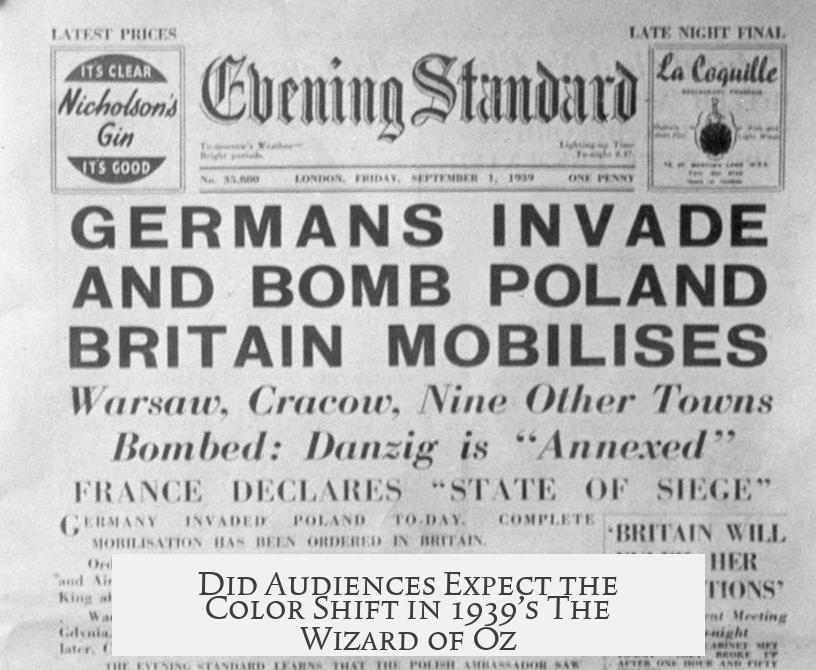
Far from catching viewers off guard, the iconic switch from black-and-white to vibrant color in The Wizard of Oz was something audiences in 1939 anticipated and even celebrated. This bold transition was a well-publicized feature that dazzled moviegoers rather than surprising them. Let’s unpack why the color splash wasn’t a curveball but a key selling point of the film.
Picture this: It’s 1939, a time when color films are rare and buzzworthy. When The Wizard of Oz premiers, movie theaters don’t shy away from promoting its colorful spectacle. In fact, studios advertise the use of Technicolor heavily—making sure audiences know they will see something visually revolutionary. Posters, ads, and trailers trumpet the “colorful journey” Dorothy is about to embark on.
Technicolor Was Front and Center in the Promotion
The marketing didn’t play coy. Promotional materials boldly state the film’s remarkable color palette. Check out some cherished vintage posters that scream “Color!” (Example 1) (Example 2) (Example 3).
These weren’t subtle hints. Studios wanted audiences to *expect* color because it was a marvel. The black-and-white—or rather, sepia-toned—starting scenes served as a deliberate prelude to the explosion of color that defines the film.
Contemporary Reviews Confirmed Audience Anticipation
Let’s get into what real people—movie critics of 1939—said. Their reviews show that the color introduction was expected, not a secret shock tactic.
The New Yorker quips about the “raw, eye-straining Technicolor” applied without restraint. The vividness wasn’t subtle; it was meant to be noticed.
The New York Times describes the movie as a “fairybook tale” told with the “brightest colors.” They praise the colorful fantasy, implying it’s an essential charm, not a surprise feature.
Variety notes the “transition from sepia to Technicolor” as an artistic move that stirs audiences. They explain the prologue and epilogue remain in sepia while the bulk is in color.
All point to a well-known and deliberate use of color. The audience came ready for the visual shift rather than waking up mid-movie and thinking, “Wait, did the film break?”
The Magic Behind the Color Transition
The seamless change from sepia-tone black-and-white to full Technicolor wasn’t just a random cut. Filmmakers went out of their way to make this transition striking and smooth. The first scene in Kansas was filmed with that nostalgic sepia tone by using objects painted in sepia shades and even a Judy Garland stand-in made up with sepia-toned makeup. Imagine the effort—every detail tinted to keep the illusion intact before the color burst.
This clever technical trickery made the shift unforgettable. The moment Dorothy opens the door to Oz isn’t just a scene change; it’s a deliberate spectacle—a visual “ta-da!” presenting audiences with a glimpse of cinematic possibility.
For an in-depth peek under the hood, check out this detailed explanation: True movie magic: how The Wizard of Oz went from black & white to color.
Why Did This Work So Well? What Does It Say About Audience Expectations?
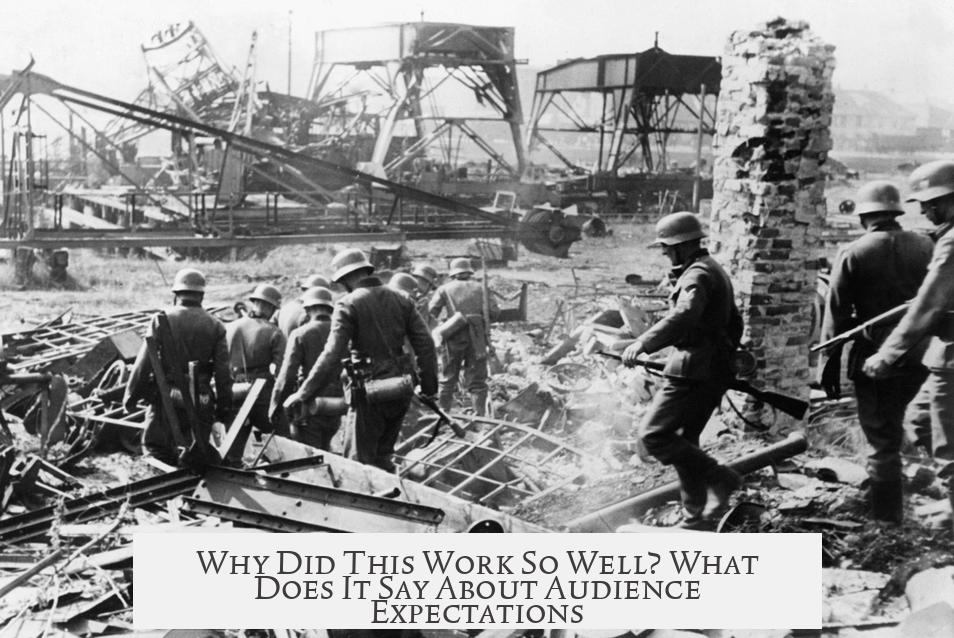
Back then, Technicolor was rare and new. People flocked to theaters with curiosity, wanting to see this new type of film magic. The promotion primed them to look for the color. The transition was not a casual surprise; it was a much-anticipated highlight.
Had the filmmakers tried to hide the color quality or sprung it as an unexpected trick, audiences might have been confused or underwhelmed. Instead, they framed color as a powerful narrative and commercial tool. In essence, The Wizard of Oz showcased color as a character of its own, giving the story a vivid life.
Lessons for Today’s Content Creators
Does this old-Hollywood reveal remind you of a lesson? Yes! Setting clear expectations about unique features or surprises enhances engagement rather than confusing viewers.
- Be upfront about unique elements. If you’re launching something new—like unexpected color shifts—tell your audience beforehand.
- Make transitions purposeful and memorable. The sepia-to-color change wasn’t random; it symbolized Dorothy’s journey from mundane to magical.
- Use technology boldly. Like Technicolor was then, exciting tech elevates the experience when properly integrated and advertised.
Wrapping It Up
In conclusion, the dazzling color leap in The Wizard of Oz never blindsided audiences. Thanks to savvy marketing and vivid reviews, moviegoers expected—and reveled in—the transition from sepia to magical Technicolor. That move inspired wonder rather than confusion.
So next time you watch Dorothy click those ruby slippers and see the world explode in color, remember: this was a planned showstopper, not a surprise glitch. It’s a lesson in how expectation shapes experience—and how a clever transition can become a timeless cinematic moment.
